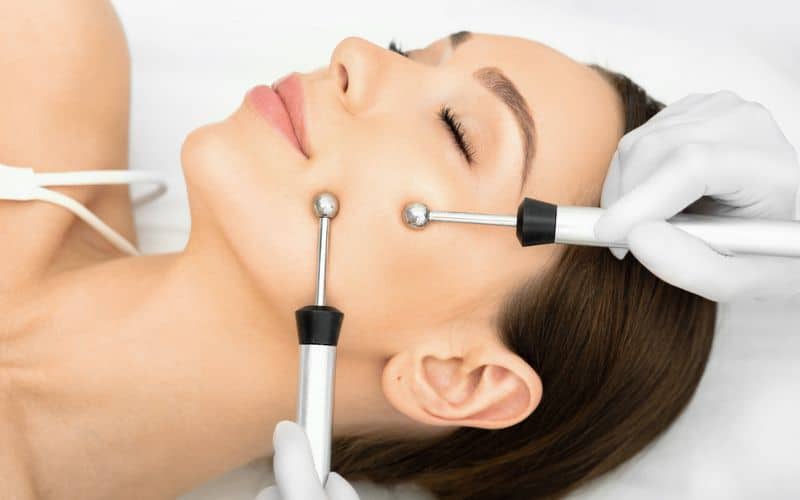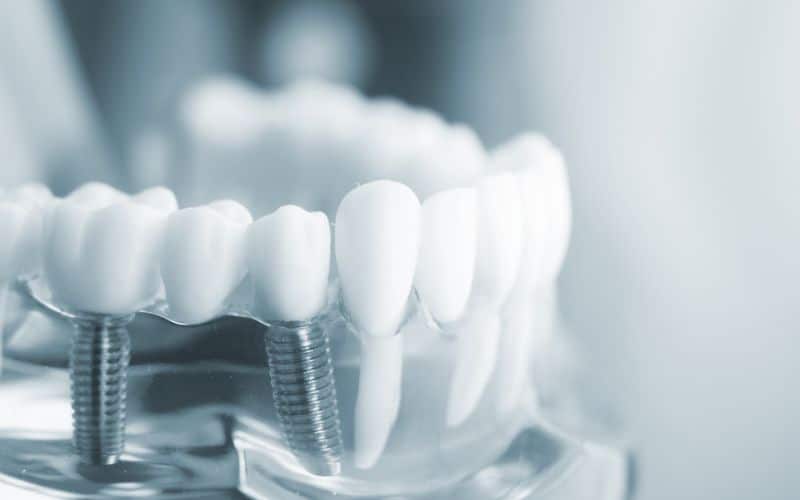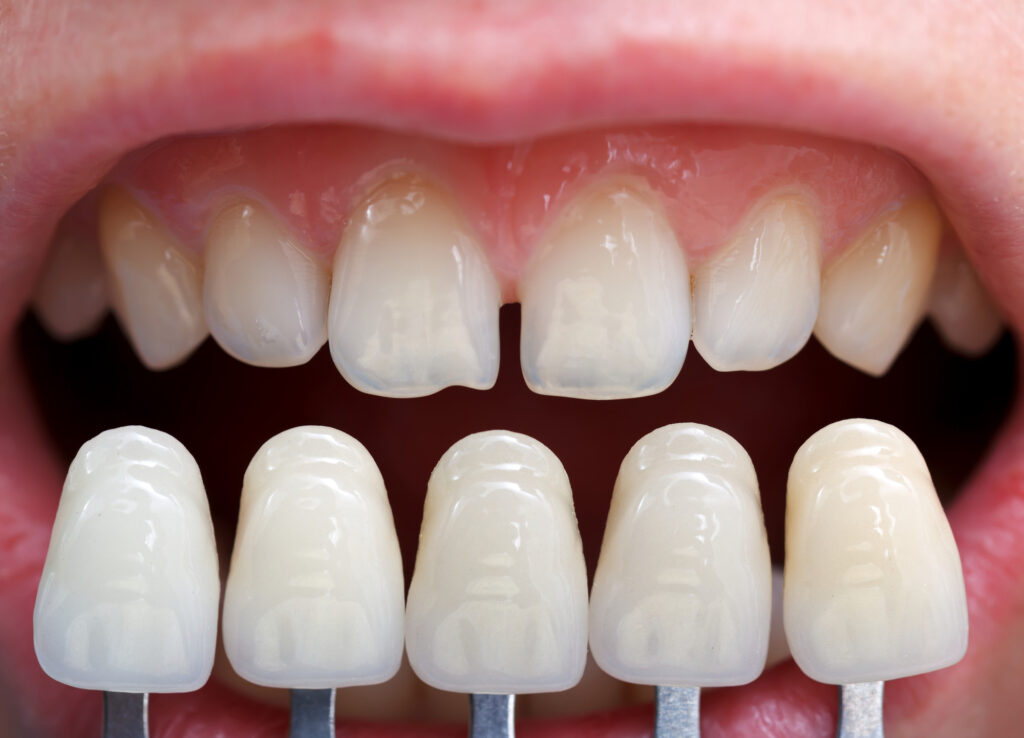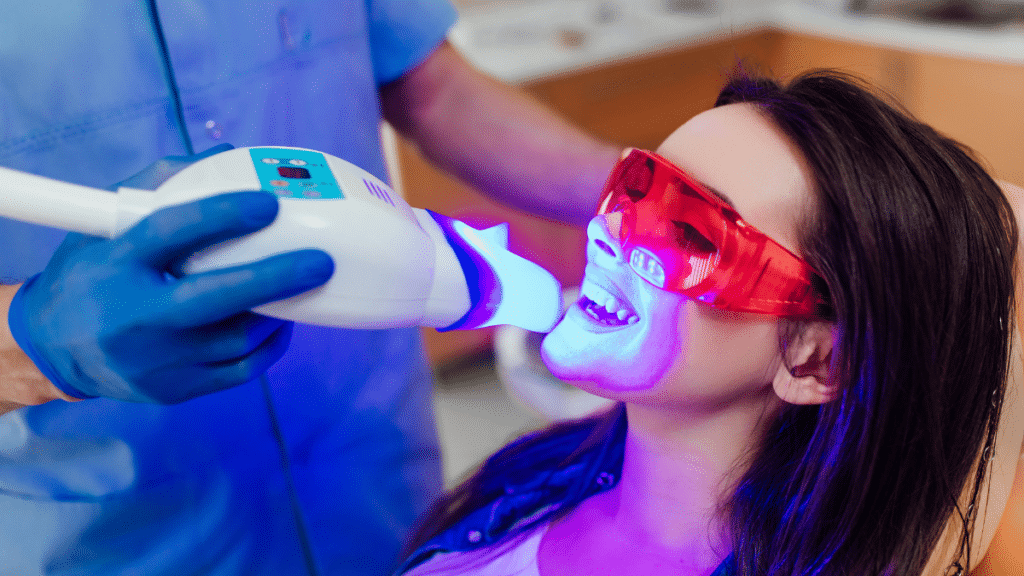In a nutshell, the devices emit tiny pulses of electricity that mimic the body’s natural electrical signals and increase ATP by 500%, supercharging collagen and elastin production. The result is toned, tightened skin—like a face-sculpting gym workout.
Most at-home microcurrent treatments are safe for most people, but you should avoid them if you have metallic dental work or facial piercings, as the electricity can cause pain and stimulate hair growth. Also, pregnant women should not use microcurrent devices.
What is microcurrent?
Microcurrent is a noninvasive treatment that’s been around for decades. It was first used in the medical and physiotherapy fields to activate the skin’s natural chemicals that promote health and vitality after injury or paralysis, like Bell’s palsy.
It uses a handheld electromagnetic device that sends gentle jolts of electricity to stimulate your face’s muscles and tighten your skin, creating a lifted, toned appearance. “It’s like strength training for your face,” says celebrity esthetician Shani Darden.
During the procedure, your provider applies a conductive gel (the same kind used for ultrasound scans) to your face before using two metal prongs to send electrical impulses back and forth across your skin. The tiny jolts increase the amount of adenosine triphosphate, or ATP, in your cells to speed up metabolism and protein synthesis, as well as boost collagen and elastin.
During the actual treatment, your provider will slowly glide the tool over targeted areas, like your jawline, brows, and cheekbones, in sweeping motions. Generally, you’ll have to book a series of treatments in order to see results.
What are the benefits of microcurrent?

In short, microcurrent tones and tightens facial muscles and promotes cell growth for a lifted, youthful appearance. It also helps reduce fine lines and wrinkles and jowls, improves dark circles under the eyes, and smoothes out expression lines in the forehead, lips, and brow. It’s like a face pilates workout, with dramatic results.
The currents emitted by a microcurrent device are extremely low and mimic the body’s natural electrical impulses, so treatments are painless for most. You may feel a slight tingling in thinner areas, such as around the mouth, but it shouldn’t be more than that.
While it’s safe for most, you should avoid this procedure if you are pregnant or breastfeeding. There hasn’t been enough research to determine whether traditional microcurrent is safe for the unborn baby, and it can be dangerous if you have a heart condition. You should also avoid it if you’ve had Botox or other fillers in the upper face.
What are the side effects of microcurrent?
Microcurrent is a non-invasive treatment that requires zero recovery time. While treatments like chemical peels, micro-needling and dermaplaning create skin trauma that can sometimes lead to more severe side effects, microcurrent is a non-abrasive way to achieve a healthier, more youthful appearance.
Clinic treatments vary in intensity, but you will feel a slight tingling sensation and the occasional jump as the current runs through the muscle. At-home toning devices typically use a lower electrical charge, so you will not feel any discomfort at all.
However, if you have facial piercings or dental work that involves metal, it’s important to notify your esthetician before your treatment begins. This will help them choose a safe level of intensity and ensure the safety of your facial piercings and dental work. In addition, if you have a history of epilepsy or have seizures, it is not recommended that you undergo microcurrent treatment. This is because the low-level electric current can affect your brain’s electrochemical balance and trigger seizure.
Can I use microcurrent with dental implants?
Microcurrent is not a new treatment, in fact it has been around for decades and is well researched. It is used by physiotherapists to relieve pain and treat facial paralysis and now has been adapted for use in the aesthetic industry.
The treatment is safe as it works to mimic our own natural cellular processes. However, there are certain conditions where you cannot receive a microcurrent service such as (but not limited to) the presence of a pacemaker, pregnancy, epilepsy, active cancer, heart conditions and uncontrolled diabetes (dental implants and fillings are not affected).
Two common side effects of microcurrent are the metallic taste in the mouth and the perception of flashing lights. These are a result of the current stimulating nerves that govern taste and vision. They are completely normal and will subside immediately after the service. Muscle twitching is also normal, however, visible twitching is a sign that the current intensity is too high.




